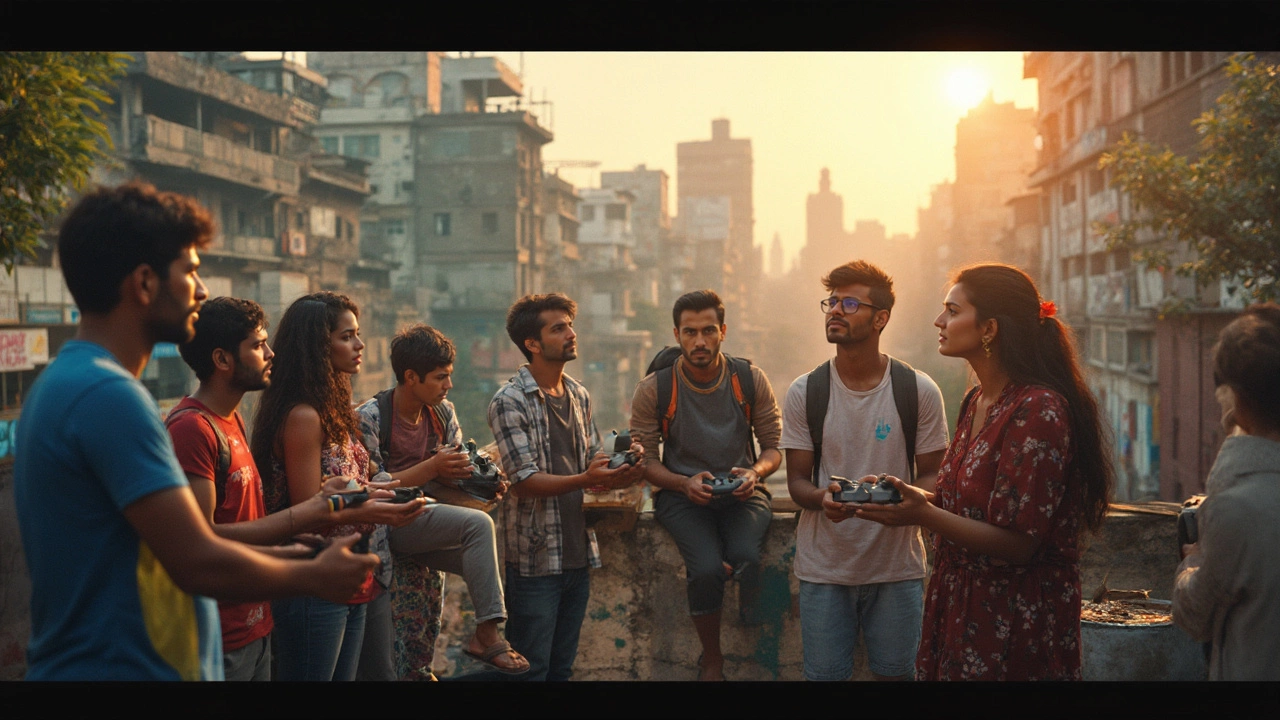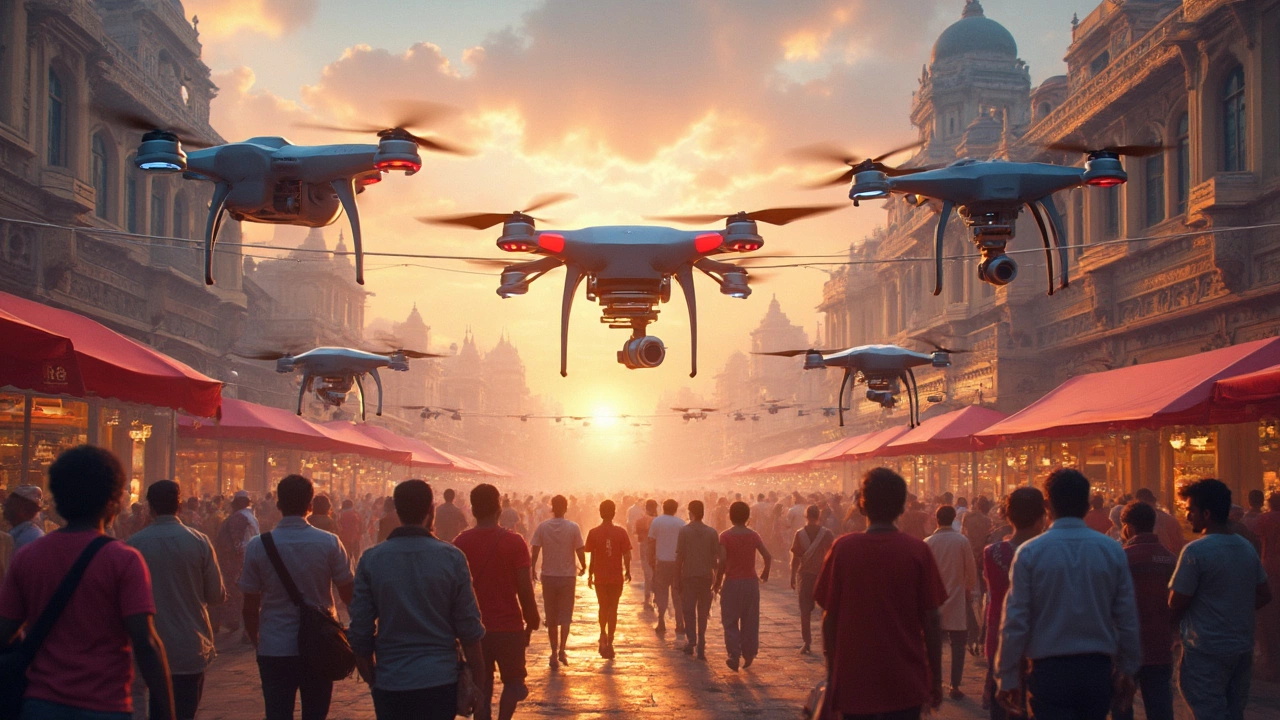DJI Ban: What Every Flyer Should Know in India
Did you hear the news about the DJI ban? If you own a DJI drone or plan to bring one to India, the headlines can feel confusing. Below you’ll get the real story, why the ban exists, and what you can actually do to fly safely and legally.
Why the DJI Ban Happened
In early 2024 the Indian government announced a restriction on DJI drones after security agencies raised concerns about data transmission. The main worry was that some DJI models could send flight logs to servers outside India, which could be misused. Because of that, the Directorate General of Civil Aviation (DGCA) asked airlines and customs to flag DJI equipment for extra checks.
That doesn’t mean every DJI drone is illegal, but it does mean you’ll face more paperwork. The ban mainly targets commercial use—big film crews, survey companies, and anyone planning to sell footage. Hobbyists often slip through, provided they follow the proper registration steps and keep the drone within the allowed weight limit.
How to Fly Legally in India
First, register your drone on the DGCA’s Digital Sky portal. The process is quick: upload your ID, drone model, and purchase invoice. Once approved, you’ll receive a Unique Identification Number (UIN) that you must keep on the drone at all times.
If you’re bringing a DJI drone from abroad, declare it at customs. Pack the drone in its original box, have the invoice ready, and be prepared for a short inspection. Paying the small customs duty and getting a clearance slip will keep you on the right side of the law.
Next, respect the no‑fly zones. Indian law bans drones over airports, military bases, and certain city areas. Use a reliable app that shows live restricted zones and set your flight plan accordingly. Flying below 120 feet and keeping the drone within visual line of sight are also mandatory.
For commercial shoots, you’ll need an Unmanned Aircraft Operator Permit (UAOP). The application asks for proof of insurance, pilot qualifications, and a detailed flight plan. Once approved, you can use the DJI drone for paid work without fear of penalties.
If you’re just a hobbyist, stick to the hobbyist rules: stay under 2 kg, fly in daylight, and avoid crowds. Many users find that switching to a non‑DJI model for casual flights sidesteps the extra scrutiny, but it’s not required if you follow the steps above.
Finally, keep your firmware updated. DJI frequently releases security patches that address the data‑privacy concerns the government flagged. An updated drone is less likely to run into compliance issues during a spot check.
Bottom line: the DJI ban isn’t a blanket prohibition—it’s a set of extra checks aimed at security. Register, declare, and respect the rules, and you’ll still enjoy the stunning shots that DJI drones are known for, even in India.

